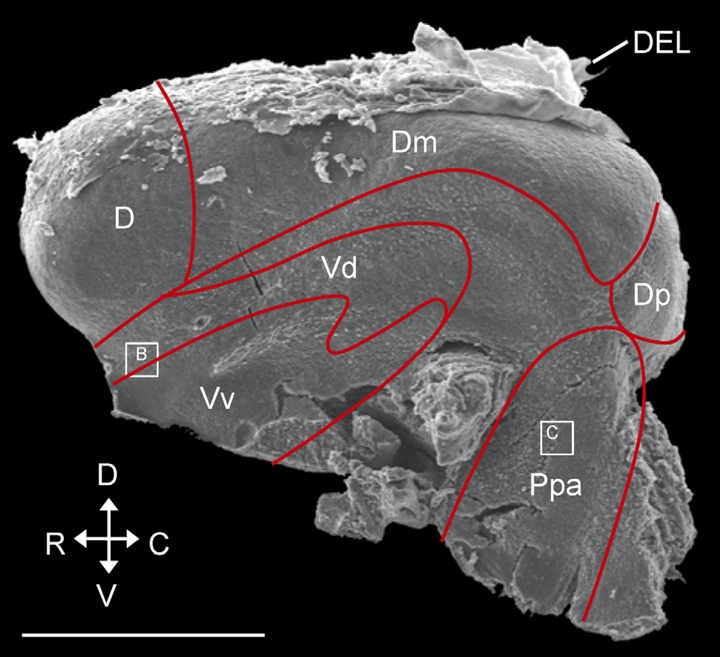
The Cellular Composition of Neurogenic Periventricular Zones in the Adult Zebrafish Forebrain
The Cellular Composition of Neurogenic Periventricular Zones in the Adult Zebrafish Forebrain
Benjamin W Lindsey, Audrey Darabie, and Vincent Tropepe
Adult neurogenesis occurs in well-circumscribed regions of the mature vertebrate brain. This process is initiated by the proliferation of stem and/or progenitor cells, which over time generate new neurons and glia. Adult neurogenesis is regulated, in part, through the interaction between neurogenic cells and neighboring cells that are present within their immediate microenvironment, or niche. Moreover, the niche itself may be largely unique in terms of its cellular composition, degree of plasticity, and the molecular factors maintaining it as an active site of adult neurogenesis in different regions of the brain or at different times during development. For instance, studies in the adult rodent brain show differences in the time course of neuronal differentiation, and the neuronal subtypes that arise from the subependymal zone (SEZ; also referred to as the subventricular zone [SVZ]) of the forebrain lateral ventricles or the subgranular zone (SGZ) of the hippocampal dentate gyrus (reviewed in Zhao et al., 2008).
These findings support the notion of niche-specific regulation at the cellular and molecular levels. Despite significant advances using rodent models, many nonmammalian vertebrates offer the opportunity to explore the regulation and composition of the neurogenic niche in both homologous structures as well as within novel neuroanatomical loci where this trait is absent in mammals (Zupanc, 2001). Understanding how adult neurogenic niches are differentially regulated across vertebrate species will be an essential step in gaining a fundamental understanding of the functional significance of this conserved trait (Lindsey and Tropepe, 2006).
READ FULL PUBLICATION
Lindsey et al., 2012 (2 MB)




